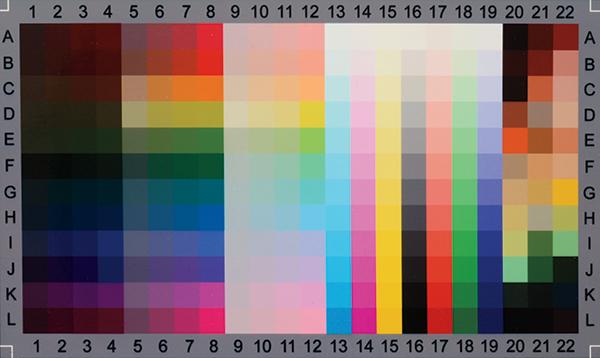Technically Speaking
Sort By: Post Date TitlePublish Date
|
Mar 17, 2017
|
Feb 21, 2017
|
Jan 31, 2017
|
Dec 27, 2016
|
Dec 09, 2016
|
Nov 01, 2016
|
Oct 10, 2016
|
Sep 09, 2016
|
Aug 09, 2016
|
Jul 01, 2016












